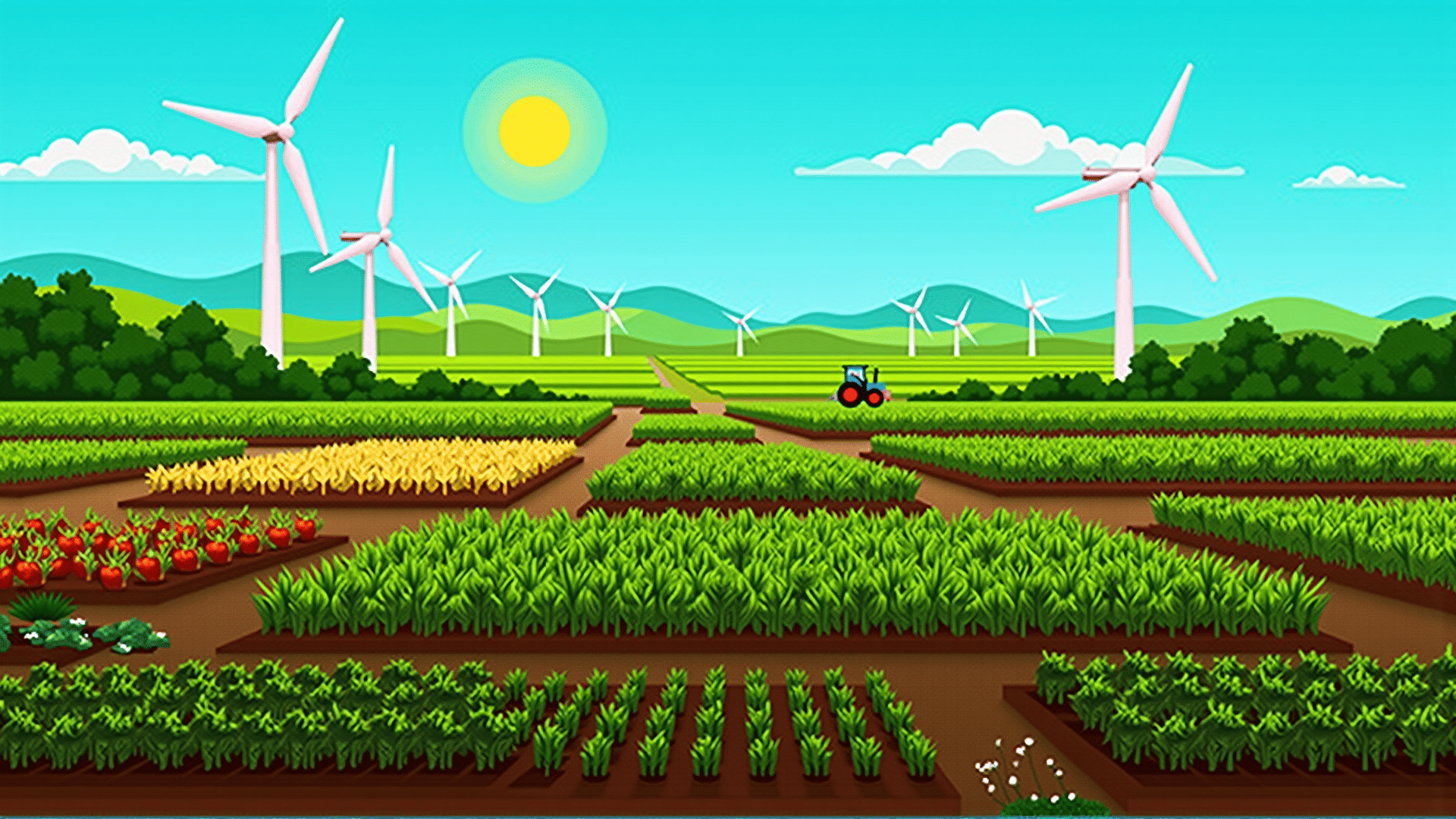In recent years, the importance of sustainable practices in agriculture has gained significant attention worldwide. As the global population continues to grow, the demand for food increases, placing enormous pressure on the agriculture sector. However, traditional farming methods, which often rely heavily on chemical fertilizers and pesticides, have led to soil degradation, water scarcity, and biodiversity loss. Adopting eco-friendly methods is crucial not only for meeting the current food demands but also for ensuring long-term agricultural sustainability and environmental stewardship.
One of the key elements of sustainable agriculture is soil health. Healthy soil is the foundation of productive farming and a critical component in combating climate change. Practices such as crop rotation, cover cropping, and reduced tillage help maintain soil structure, fertility, and microbial activity. By rotating crops, farmers can naturally replenish the nutrients in the soil, reducing reliance on synthetic fertilizers. Cover crops, on the other hand, prevent soil erosion, improve water infiltration, and can even fix atmospheric nitrogen into the soil, providing a natural source of fertilizer for subsequent crops. Reduced tillage minimizes soil disturbance, preserving its organic matter and enhancing its resilience.
Water conservation is another crucial aspect of sustainable agriculture. With the increasing impact of climate change, ensuring efficient water use is essential. Techniques such as drip irrigation and rainwater harvesting allow for precise water application, minimizing waste and reducing water stress on plants. Additionally, integrating rain gardens or constructed wetlands can help manage runoff and recharge local aquifers, further contributing to water conservation efforts.
Biodiversity is vital for resilient farming systems. Diverse ecosystems can support natural pest control and pollination. Implementing agroforestry, where trees are integrated into agricultural landscapes, can enhance biodiversity while providing additional benefits such as shade, shelter, and even additional income from fruit or timber. Establishing hedgerows or buffer zones around farmland can also serve as habitats for beneficial insects and birds that naturally control pest populations.
Furthermore, reducing dependency on chemical inputs benefits both the environment and farmers’ health. Integrated pest management (IPM) is an approach that combines biological, physical, and chemical tools to manage pests sustainably. IPM strategies may include introducing beneficial insects, using traps, or employing resistant crop varieties. By minimizing chemical use, IPM reduces pollution of water bodies and decreases the risks posed to non-target organisms and human health.
Promoting sustainable agriculture also involves addressing social and economic dimensions. Supporting smallholder farmers, who make up a large proportion of agricultural producers globally, is essential. Providing them with access to education, resources, and markets can empower them to adopt sustainable practices effectively. Fair trade initiatives and cooperative models can also ensure that farmers receive a fair price for their products, enhancing their livelihoods and encouraging continued commitment to sustainable methods.
Technology plays a pivotal role in advancing sustainable agriculture. Precision agriculture, which uses GPS and remote sensing technologies, enables farmers to optimize input use, thereby reducing waste and environmental impact. Drones and satellite imaging can monitor crop health and growth patterns, enabling timely interventions and better resource management. Additionally, digital platforms and apps provide farmers with real-time information and access to best practices, fostering knowledge sharing and innovation.
Ultimately, the path to sustainable agriculture requires a collaborative effort among governments, NGOs, researchers, and the farming community. Policymakers must frame regulations and incentives that promote eco-friendly practices while discouraging harmful ones. Investment in research and development is necessary to innovate and improve sustainable methods continuously.
In conclusion, adopting eco-friendly practices in agriculture is imperative to ensure food security, protect our planet, and support future generations. By prioritizing soil health, water conservation, biodiversity, and technology integration, we can create a resilient agricultural system that thrives in harmony with the environment. Sustainable agriculture not only preserves natural resources but also fosters economic stability and community resilience, paving the way for a sustainable future.
